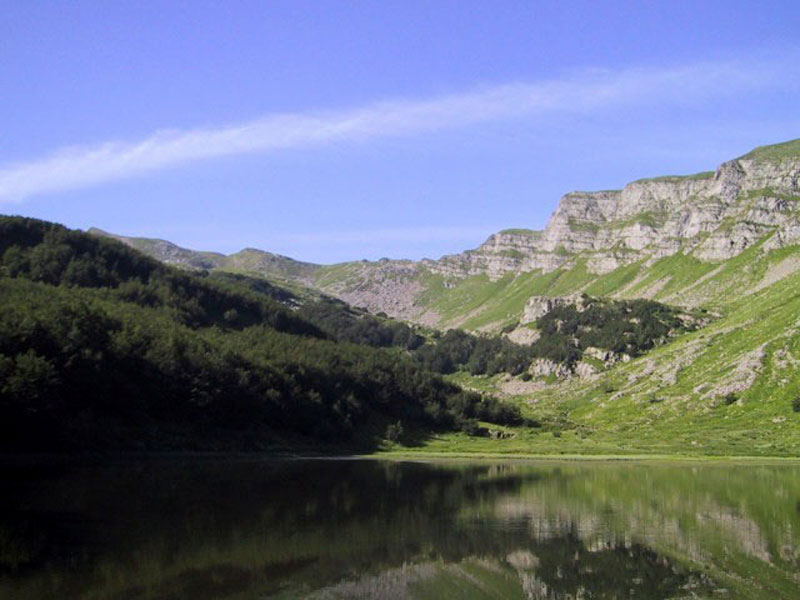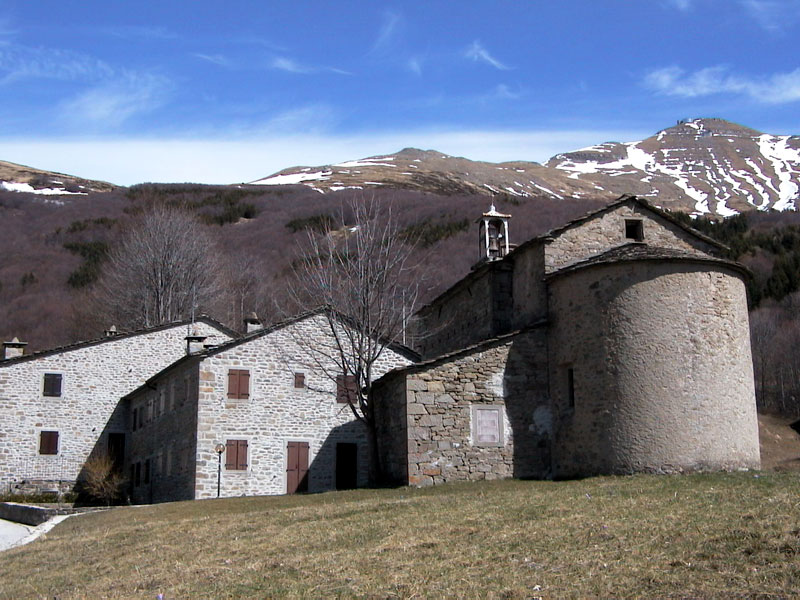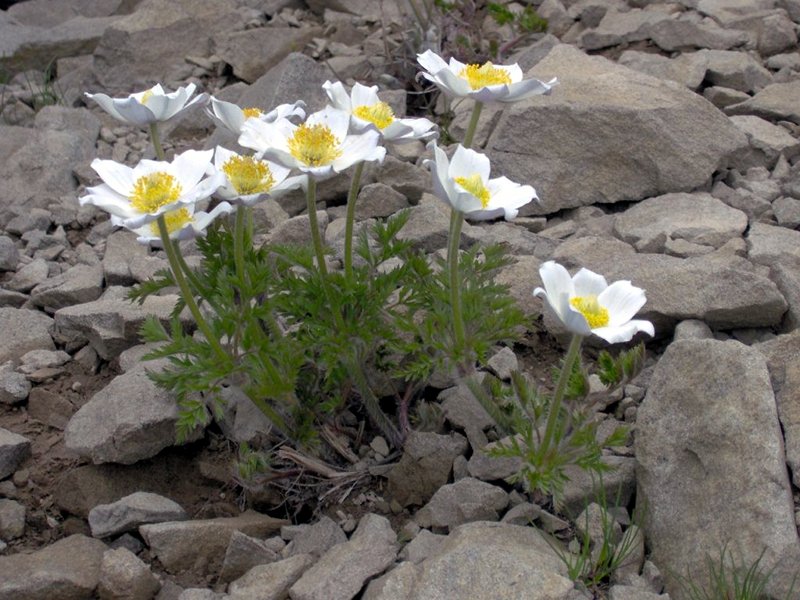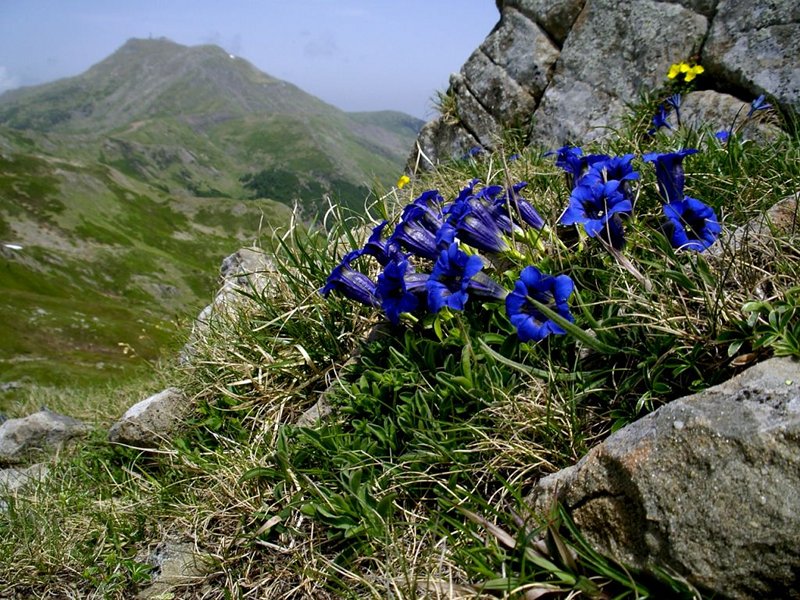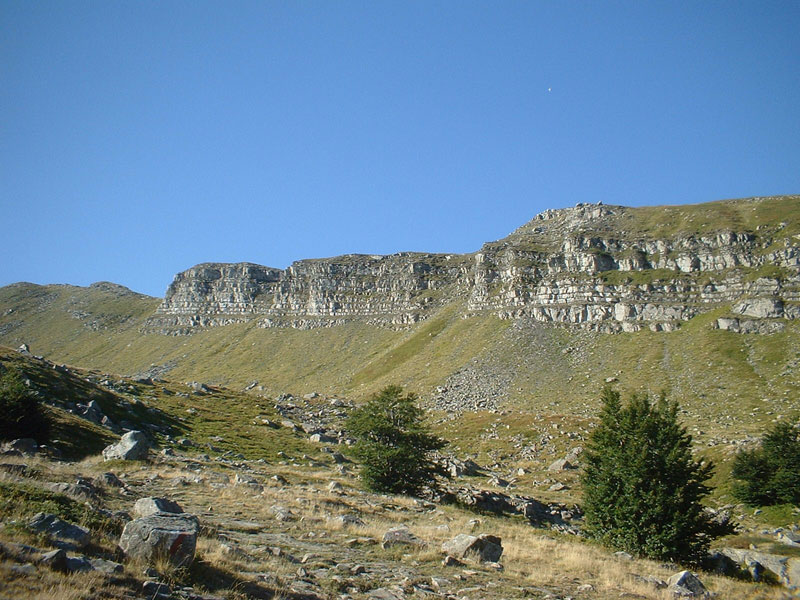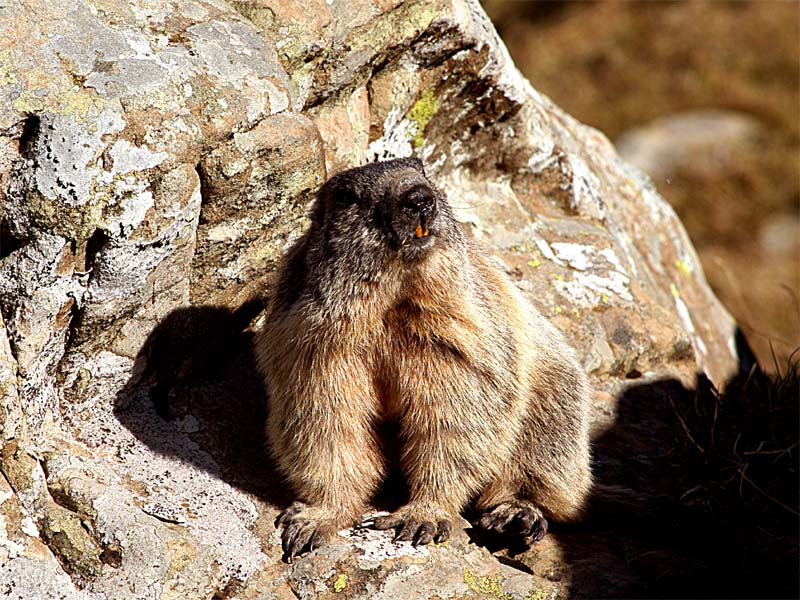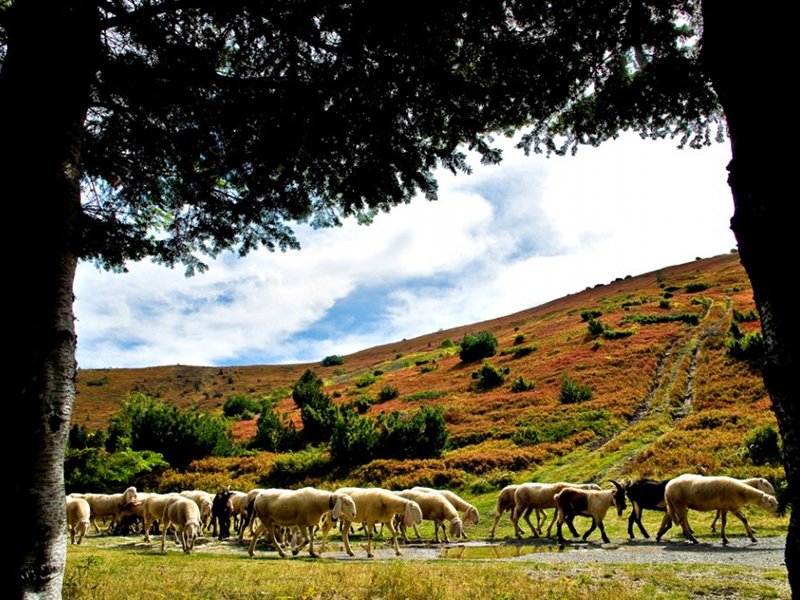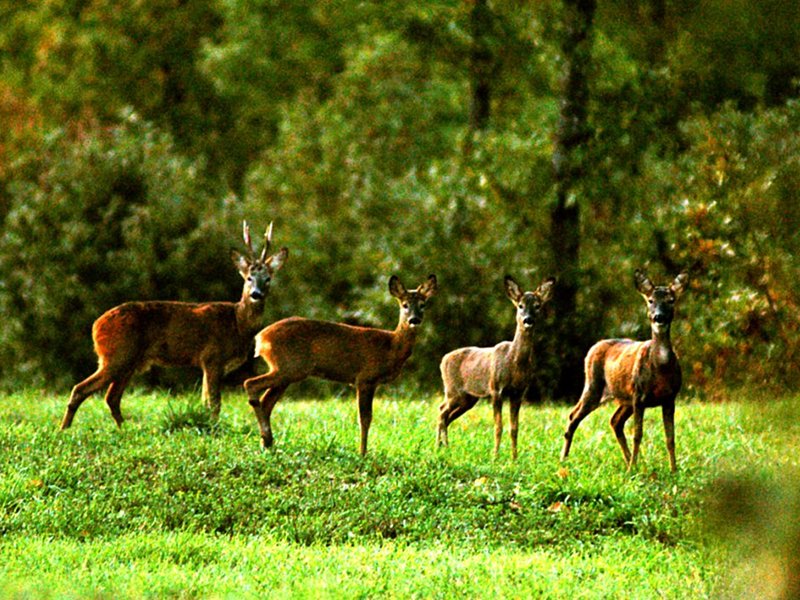Protected Area
Identity Card
- Land Surface Area: 15'362.77 ha
- Protected flora: 11 species (Italian text)
- Protected wildlife: 51 species (Italian text)
- Habitats: 26 types (Italian text)
- Regions: Emilia Romagna
- Provinces: Modena
- Municipalities: Fanano, Fiumalbo, Frassinoro, Montecreto, Pievepelago, Riolunato, Sestola
- Establishment Measures: LR 11 02/04/1988
- PA Official List: EUAP0182
- Park Authority: Ente di gestione per i Parchi e la Biodiversità Emilia Centrale
Frignano Park
With an area of over 15 thousand hectares and a territory going from 500m above sea level to the 2,000m of Cimone summit, the highest mountain of Appennino Tosco-Emiliano, Frignano Park has a rich and extremely varied environment from a naturalistic point of view. Unique habitats, whose biodiversity must be preserved, favor the growth and conservation of rare vegetal and animal species. Glacial cirques live together with other cirques that have become peat bogs, beech woodlands with large undergrowth covering, nival valleys at the foot of the highest mountains, over which the Golden Eagle and other birds of prey circle.
In the following pages you will find detailed information on the Park, territorial features, and the flora and wildlife populating it.
Features of the Area
With a difference in height going from 500m above sea level to the 2,000m of the highest summit, Frignano Park is characterized by very different naturalistic environments: large valleys crossed by streams alternate with thick beech and conifer woodlands, large blueberry moorlands give way to clear stretches of water.
The long ridge preserves evidences of the glaciations involving the upper valleys of the Apennines, and in particular of the last one, called "Würm glaciation", dating back to a period between 75,000 and 10,000 years ago. Under the summit, you can easily find glacial cirques with their classic rounded basins, often mitigated by the subsequent erosion: wonderful examples can be found on the slopes of Mt. Giovo - Mt. Rondinaio group, with Lago Santo and Lago Baccio, and between Rondinaio and Foce Giovo, with Torbido and Turchino small lakes.
Flora
The deep climatic and geological changes involving the Park territory have enabled the development of a varied and abundant vegetation, diversified according to the altitude.
The dominating vegetable environment is represented by the beech wood covering the mountain strip and setting (approximately at 1,700 meters) the upper limit of the arboreal vegetation. In the richest formations, the beech grows with Sycamore Maples, Alpine Goldenchain Trees, and Rowans.
At the bottom of the valley there are rows of maples, wild cherry trees, ash trees, oaks and hornbeams, sometimes with centuries-old specimens. Fruit chestnut groves are widespread near inhabited areas, having been the main source of livelihood for centuries.
The undergrowth is composed mostly of knotty geranium, wood lettuce, minor angelica, wood anemone, odorous little star and sorrel, flanked by rare species such as aquilegia, dentaries, solomon seal, crociona herb, martagon lily and unusual orchid varities in Emilia-Romagna, such as the listera cordata and the epipogium aphyllum. In the undergrowth there are also white and red firs, larches, black pines and Scotch pines. Coniferous woods, such as the one that surrounds Lake Ninfa, are widespread on the slopes and help to consolidate the landslides and recover abandoned pastures.
Around 1,700 mt. the woods give way to vaccines, whose vegetation is composed of low shrubs of blueberry and false blueberry, alpin rose, dwarf juniper and sporadic specimens of heather baccifera and cranberry. In the moorland it is also easy to meet plants usually rooted at higher altitudes, such as the rhododendron ferrugineum. On the tops of the reliefs the vaccines are partially replaced by the prairies, in which we find the graminaceous plants including the brachipodio and blooms of the Koch gentian, the gentianella campestre and the viola with spur. In the most inaccessible places, where the signs of the glaciations remain, it is possible to admire some rare varieties, such as the silvery geranium and the woodsia fern, the alpine columbine, the narcissus flower anemones, the alpine pulsatilla, the alpine star, some evergreens and saxifrages and the "vedovella delle Apuane", with its characteristic blue flowers.
The particular microclimatic conditions of the slopes of the highest mountains, such as Cimone and Giovo, allow the presence of limited nival valleys, very rare in Emilia-Romagna, where the vegetation is mainly composed of mosses and grasses including the glacial canapicchia, the plantain of the Alps and the very rare pusilla soldanella.
Fauna
Frignano Park is situated in the middle of a large region of protected areas - it borders in the south with Orecchiella Park, in the west with Gigante Park, and in the east with Corno alle Scale Park - in an ideal position to preserve a very rich and varied wildlife. As a matter of fact, the territory is populated by some rare species like the wolf - considered an endangered species until a few years ago - the Goshawk, the Pine Marten, the Golden Eagle, and the Eagle Owl. The mountains are populated by several marmot colonies, while in the meadows alternating with the woodlands it is possible to sight the deer. In the bordering areas with Corno alle Scale Park you can observe the very quick run of the muflon, and also the porcupine has been recently sighted.
The roe deer, the fallow deer, the stone marten, the weasel, the wild boar, the badger, the fox, the squirrel, the dormouse and the tiny dormouse are more common and widespread. In the higher prairies, it is easy to come across the snow vole, a thick fur and non-lethargic rodent, and under the blanket of snow it digs a dense network of tunnels that leap to the eyes with the thaw.
There are also many birds of prey. The most common are the kestrel, the sparrow hawk and the buzzard. Among the chestnut trees that stand out in the valley bottom the tawny owl and the common owl nest.
The environmental richness of the park allows numerous species of birds to find their ideal habitat: from woodpeckers to hawks, from blackbirds to siskins, from larks to finches. In the coniferous forests the ruler, the florist, the bullfinch, the cruises are common. Among the rocky walls it is easy to see the woodpecker, with its wonderful deep pink livery. The nuthatch inhabits the coppice woods together with the blue tit and the gray tit. Fanelli and whites fly over the prairies of the ridge, while the solitary sparrow, easily recognizable by its dark blue color, nests among the rocks.
In the numerous streams it is possible to come across some specimens of gray herons, predators of small fishes and amphibians, of yellow wagtail and dipper. In the same waters also harbor the brown trout, which can reach considerable dimensions, the alpine newt, the temporary frog and the spotted salamander.
In autumn, finally, it is possible to watch the passage of storks heading south, while large herds of wood pigeons, thrushes and cesene find shelter and refreshment in the woodlands.



